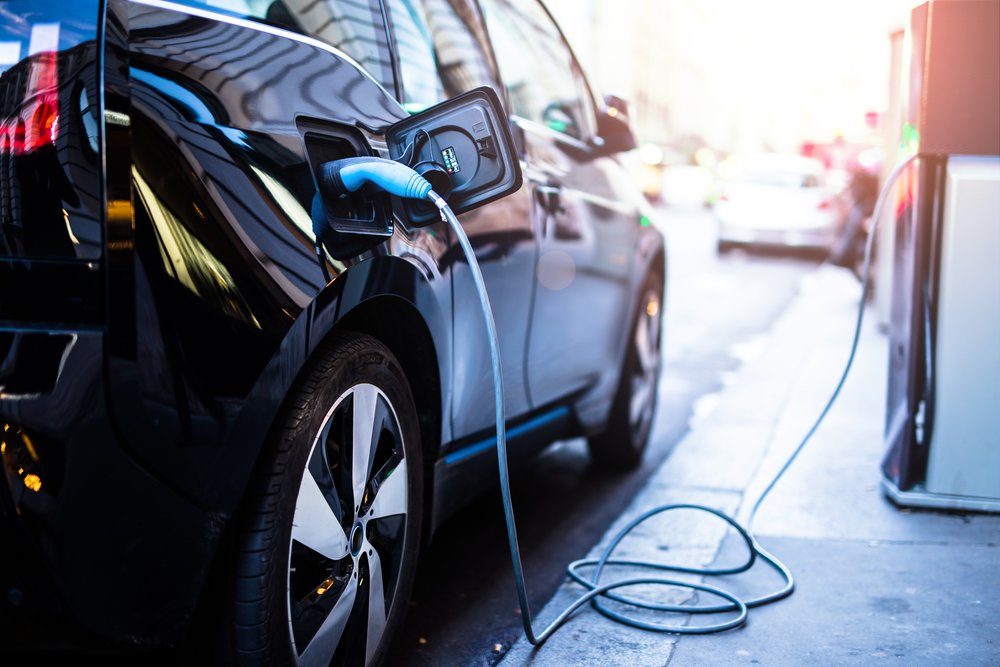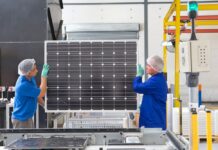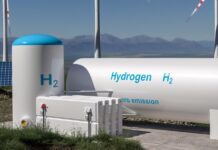As the world transitions to cleaner energy sources, the minerals needed vary from their fossil-fired counterparts. Solar PV panels, electric vehicles, wind turbines, and storage batteries are sparking high demand for these critical minerals, including copper, cobalt, nickel, lithium, and manganese.
According to The Role of Critical Minerals in Clean Energy Transitions, a report by the International Energy Agency, a typical electric vehicle requires six times the mineral inputs of a conventional vehicle. Likewise, onshore wind needs nine times more mineral inputs than gas-fired power plants.
Some experts are concerned that surging demand could create mineral shortages, but there are rich reserves of cobalt, zinc, copper, gold, nickel, manganese, and rare earth minerals in deep-sea deposits. This has ignited interest in deep-sea mining, although there is also widespread concern about the environmental and climatic implications.
“Humans need to continue rapidly transitioning to renewable energy sources, but in a responsible manner,” said Hans Cole, Head of Environmental Activism, Patagonia. “No matter what reasons we hear for mining the bottom of the ocean, we need to recognize that it would create grave ecological threats and risks disturbing carbon locked away in the deep, with limited opportunities for proper oversight. In our pursuit of renewable energy, we need to ensure that any essential mining is done in the most ecologically responsible way, which means no deep-sea mining.”
Recently, a number of companies, including BMW Group, Google, Philips, Patagonia, Volkswagen Group, Samsung SDI, and Volvo Group, are calling for a moratorium on deep-sea mining and pledge not to use materials from seabed mines in their products. They are also calling to reduce the demand for certain materials, develop responsible land mining practices, and transition to a closed-loop materials economy.
For example, some electric vehicle manufacturers are using batteries without cobalt. Although cobalt is very expensive, it helps make energy-dense batteries and is commonly used in cathodes. Unfortunately, 70% of the cobalt used in manufacturing comes from the Democratic Republic of Congo. Sadly, its mines are plagued by human rights abuses. Yet, the high cost of the material and the social impact of these mines is encouraging research and development in technologies that do not rely on cobalt.
Indeed, the transition to clean energy will create new challenges in sourcing socially and environmentally responsible materials. Potentially, mineral shortages could delay clean energy capacity. For example, silicon shortages in China have already created supply chain issues in solar manufacturing and could drive up PV panel costs.
But shortages and high costs could potentially spur innovation. The low cobalt supply is driving up prices, prompting manufacturers to create batteries with little or no cobalt. For example, Samsung SDI has created a cobalt-free battery strategy.
Likewise, high mineral costs make recycling specific equipment more financially feasible. For example, Northvolt, a Swedish battery manufacturer, announced that it had produced the first-ever lithium-ion battery cell with 100% recycled manganese, nickel, and cobalt. In addition, it plans to expand its recycling capacity to process 125,000 tons of batteries annually.
Time will tell if mineral shortages delay renewable energy and electric vehicle capacity or spur cost-effective innovation. Likely, it will be a bit of both.










